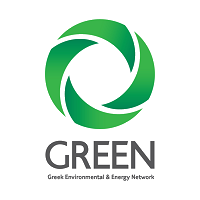
GREEN | Greek Environmental & Energy Network
Greek Environmental & Energy Network SA (GREEN) is one of the first greek companies to produce and trade electrical energy. GREEN intends to acquire a significant position in the energy sector in Greece, the Balkans and the South-Eastern Europe in general. GREEN is active in the wholesale trading of electricity within the broader Southeast European area. Its activity includes cross border exchanges of electrical energy in Greece, Bulgaria, Italy, Turkey, North Macedonia, Albania, Romania, Serbia, Hungary, Montenegro & Slovenia.